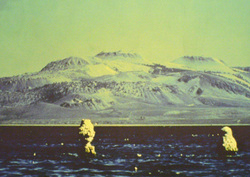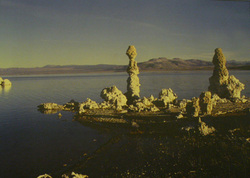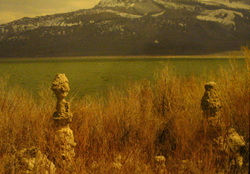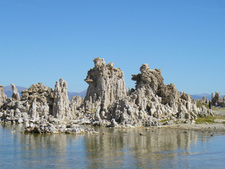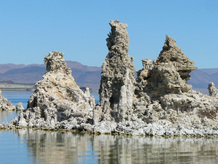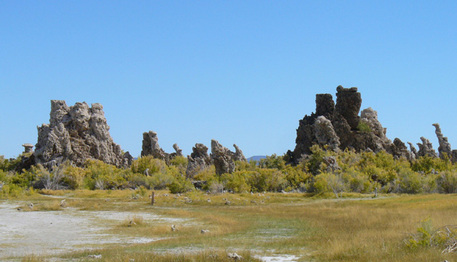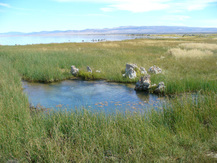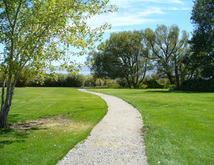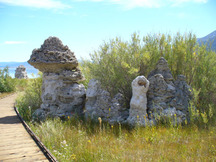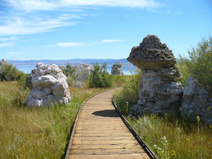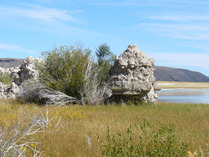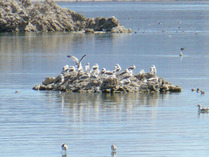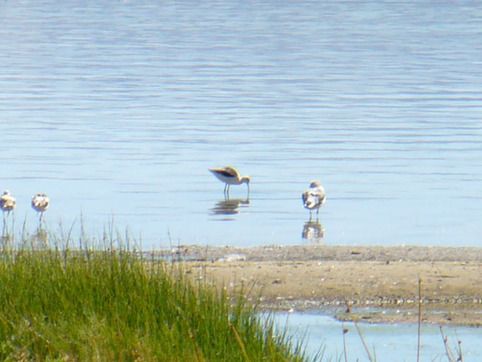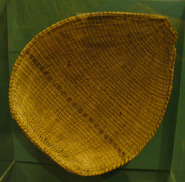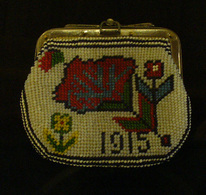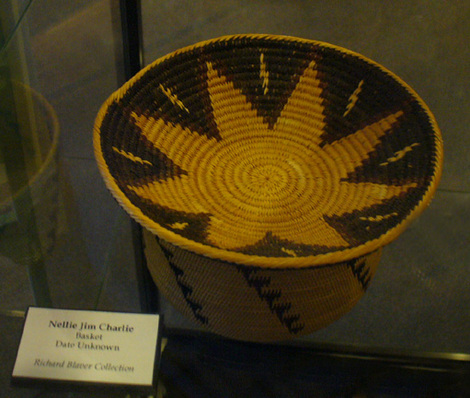Mono Lake

We visited Mono Lake which is a very interesting place. It is a very big salt water lake. This picture was taken from a ridge several miles away. Most of the freshwater that fills Mono Lake comes from 5 streams fed by snow run-off from the Sierra Nevada Mountains snow pack. As these streams cross volcanic deposits and ancient sea beds, they pick up salts and carbonates and bring them to the lake. Water also enters the lake from undergound springs. Mono Lake has no outlet and so these chemicals become highly concentrated as the water evaporates. As a result, Mono Lake is 2 1/2 times saltier and 1000 times more alkaline than the ocean.
In 1941 the City of Los Angeles began diverting water from the streams that feed Mono Lake to meet their rising water demands. As a result, over the next 40 years the water level in Mono Lake dropped 45 feet, reaching its lowest point.
These pictures, on display at the visitors center, are taken from the same spot on the shore and show the changes in water level over a 46 year period.
In 1994 the California State Water Resource Control Board made a decision that caused the Los Angeles Department of Water and Power to reduce the amount of water being diverted from 4 of the tributaries that feed Mono Lake. The goal was to bring the water level of the lake back up to a point 25 feet below its 1941 level.
The rock statues you see in the above pictures are actually columns of calcium carbonate, a type of limestone created when the calcium rich spring water flowing up from the bottom of the lake mixes with the lake water. This allows the calcium to bond with the carbonates in the water, creating these solid deposits. The deposits gradually build upon themselves creating the columns and formations found in the lake. When the water level drops and the deposits are exposed, the growing stops. These formations are called "Tufa" from the Latin word "Tofus" which means porous stone.
Mono Lake has a great many of these Tufa and mom took lots of pictures.
The Mono Basin has been occupied on and off over the past 10,000 years, depending on the volcanic activity in the area. Since about 1300 A.D. the Kuzedika people, part of the Paiute Nation, have been living in the area.
The museum at the visitor's center has some of their baskets and other works on display.
The museum at the visitor's center has some of their baskets and other works on display.
California Links
